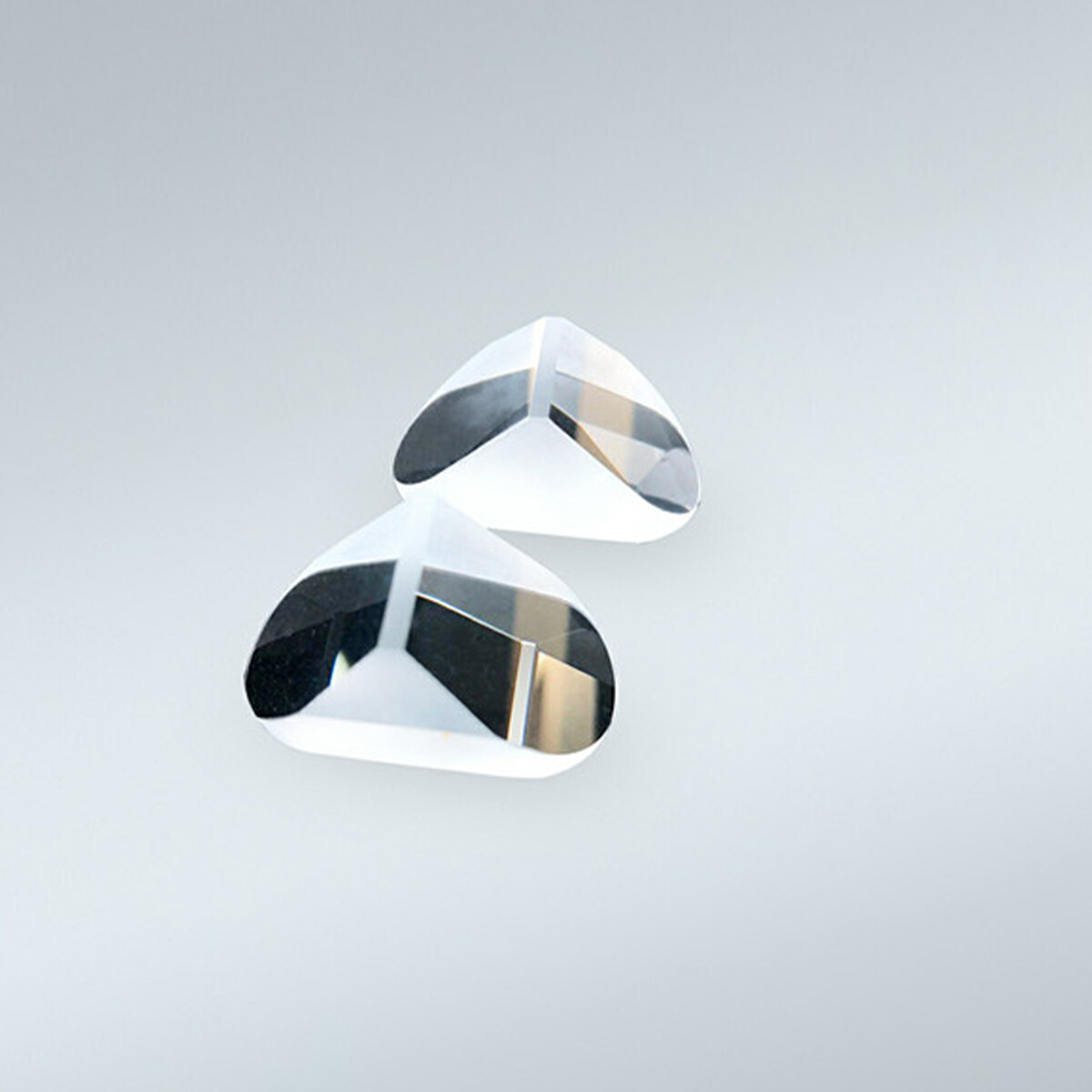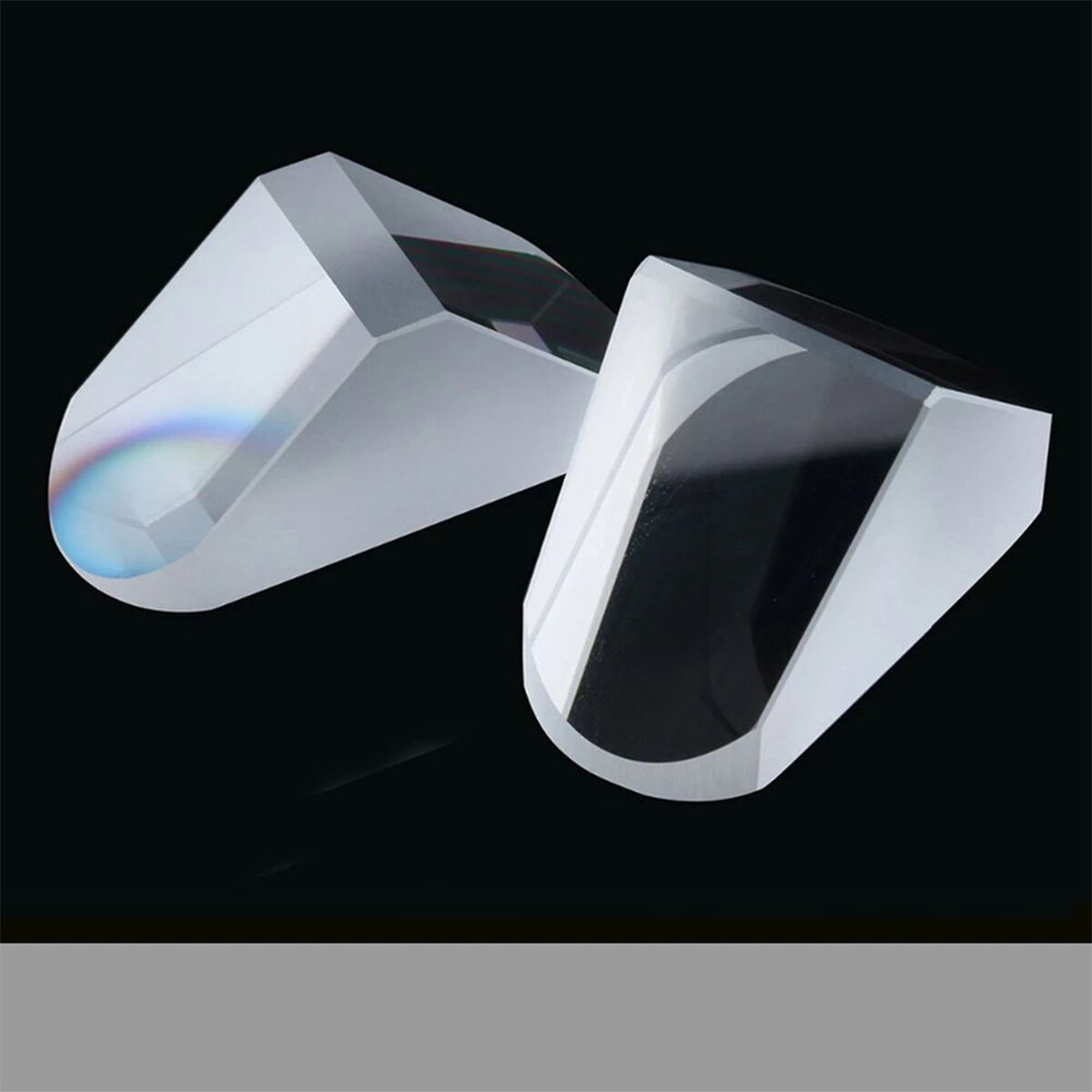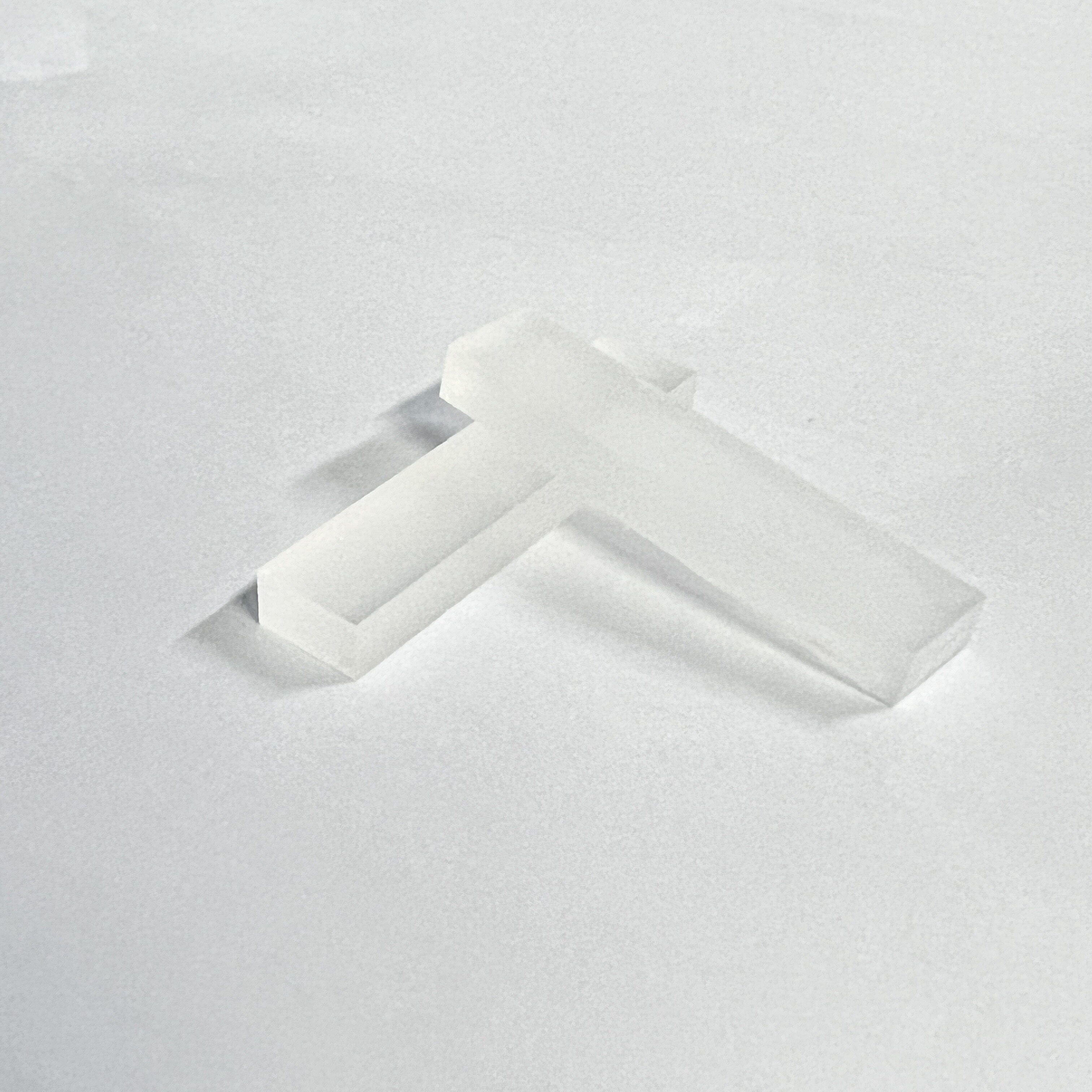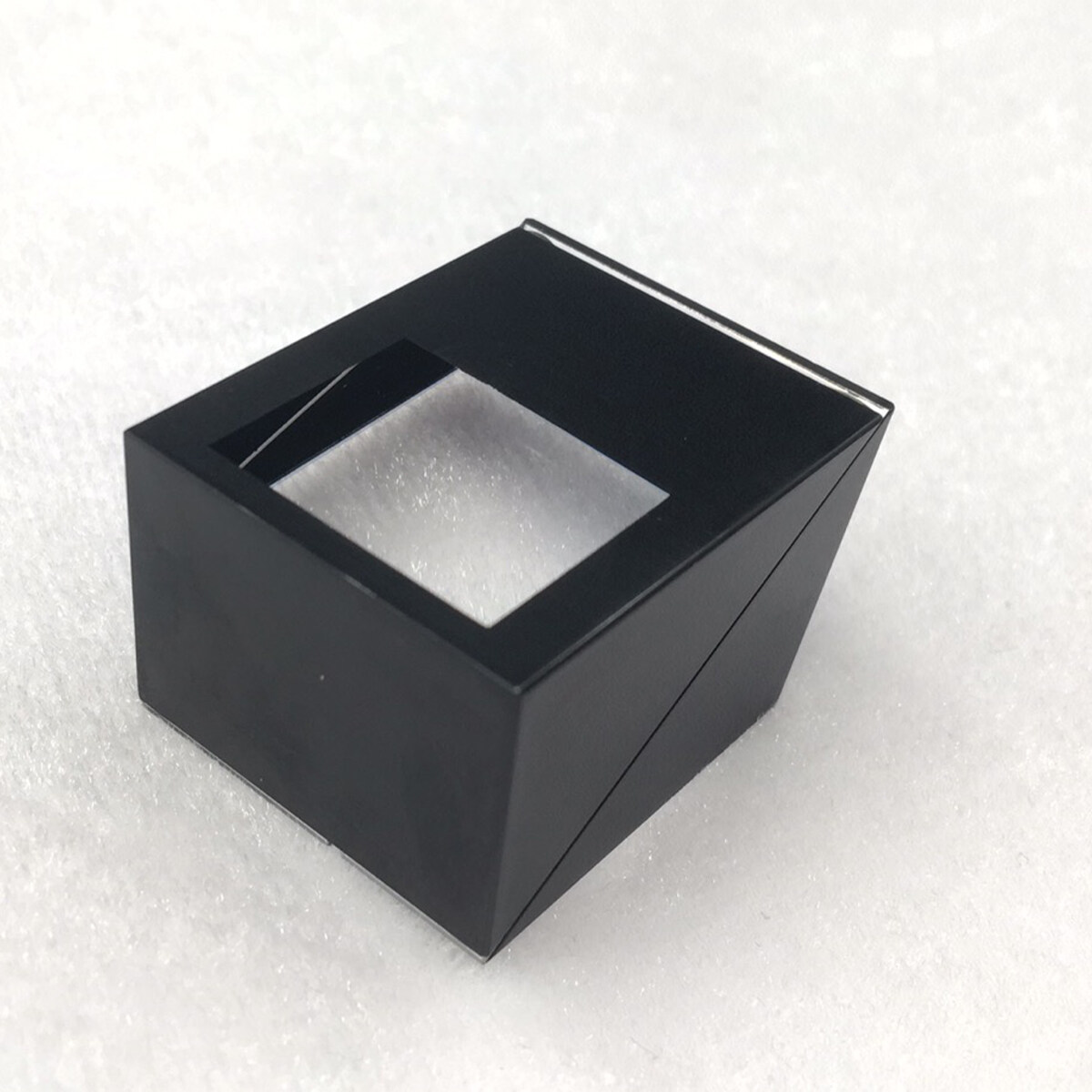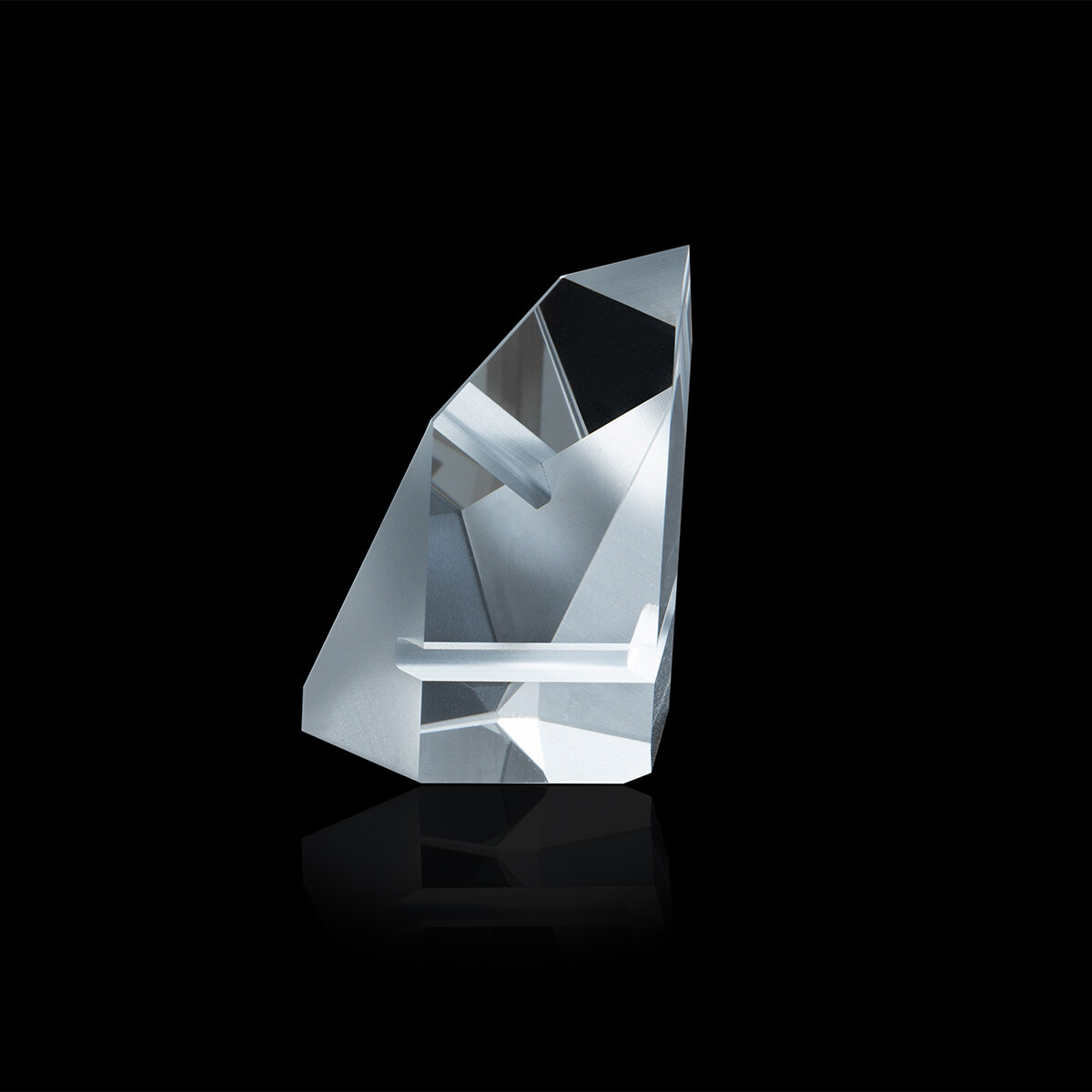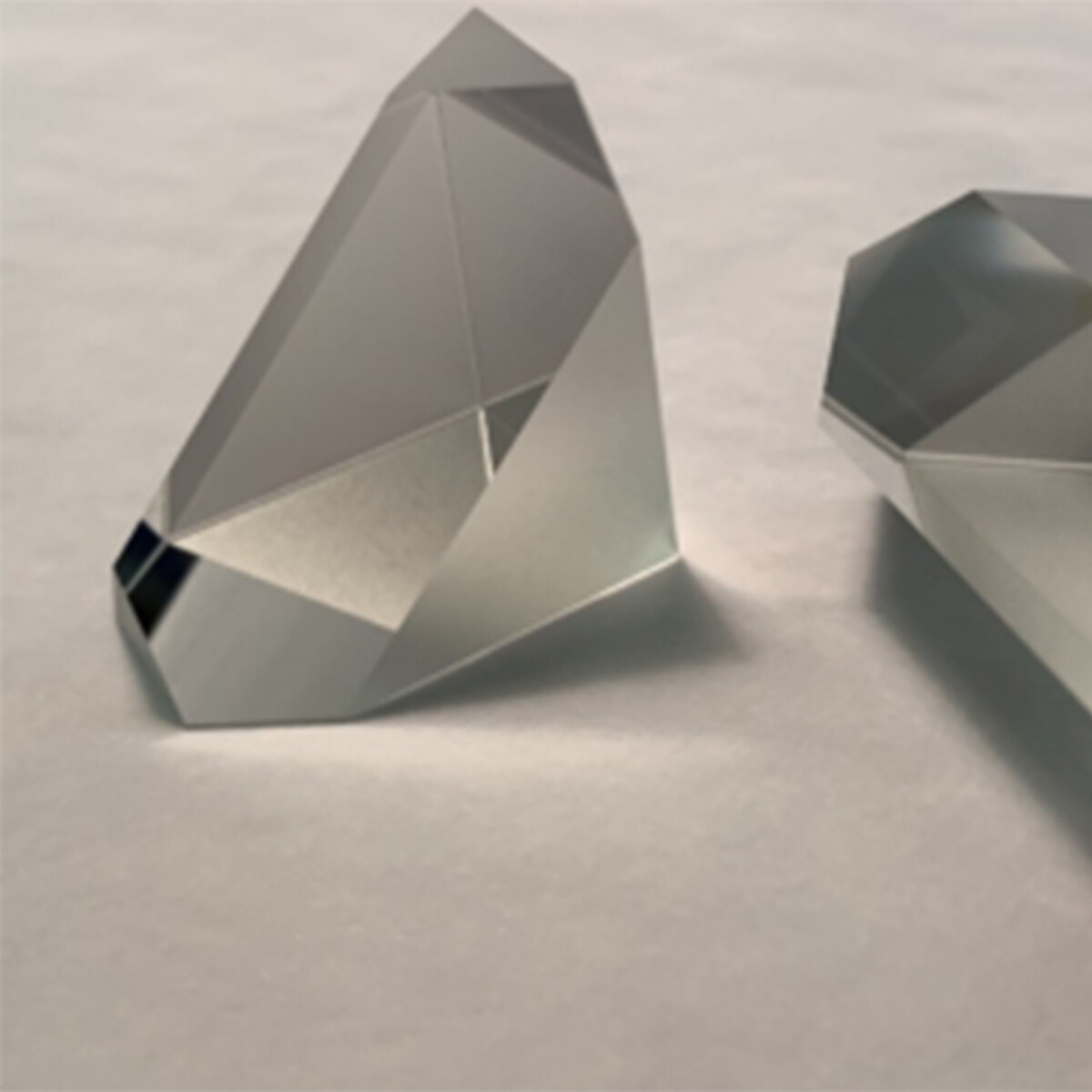Email format error
Email cannot be empty
Email already exists
6-20 characters(letters plus numbers only)
The password is inconsistent
Email format error
Email cannot be empty
Email does not exist
6-20 characters(letters plus numbers only)
The password is inconsistent

Porro Prism
We are a porro optical glass prism merchandising wholesale company and our prisms are designed for low-end handheld telescopes, large-diameter telescopes, and special telescopes such as the military..
Binoculars - Paul Prisms and Roof Prisms
Paul Prism
Paul prism is the most commonly used optical component in hand-held binoculars, through which the inverted image formed by the objective lens can be turned upside down again into a positive image. The structure of the Paul prism itself is very simple, the cross section is an isosceles right triangle, The three included angles are 45°, 45° and 90° respectively, so the manufacturing difficulty is very low. In addition, the Paul prism uses the principle of total reflection to reflect the incident light, and does not need to be coated with a reflective film, and a set of Paul prisms only need to be oblique. The two sides where the edge is located are AR-coated, so the cost of the Paul prism is relatively low!
And Paul prism does not have double aberration and phase difference, so telescopes using Paul prism can often obtain good optical effects and the price is relatively low. However, Paul's incident light and outgoing light are not on the same line. This structure results in a relatively large volume and weight of the telescope, and the distance between the centers of the objective lenses is too large, resulting in an excessively strong stereoscopic sense of the telescope, which is not suitable for observing close distances within a few meters.
At present, Paul prisms are mainly used in low-end handheld telescopes, large-diameter telescopes, and special telescopes such as military. For low-end products, they can achieve better optical effects at low prices. For large-aperture telescopes, there is no portability in itself. It doesn't matter if Paul prisms are used, and the cost is lower and the effect is better. For military telescopes only, a Paul prism can be used to obtain a stronger structure.
Roof prism
The function of the roof prism is also to turn the inverted image formed by the objective lens upside down and left and right again into a positive image. The telescope, the volume and weight can be made relatively light, which greatly improves the portability, and the distance between the centers of the objective lenses is small, and the nearest observation distance is short, which is especially suitable for natural observation, such as bird watching.
However, roof prisms have some natural optical deficiencies, and specific technical means are needed to make up for the defects in order to achieve high-quality imaging, which will lead to high prices for telescopes using roof prisms. As a rule of thumb, to get the same optical results, a roof prism telescope costs twice as much as a Paul prism telescope. However, the advantages of small size and light weight of the roof prism telescope, and the popularization of special technologies have led to a decrease in cost, so that the roof prism telescope has become the mainstream structure of hand-held telescopes.
For more information about Porro Prism, please kindly contact us at any time, we are glad to answer for you. If you want to order in quantity, hope that we will be your best choice.
PRODUCT FEATURES:
Prism angle accuracy: conventional≤3'-6', unconventional≤1'-2', parallel≤0.003mm
Dimensional tolerance:controlled within≤0.02mm
Tower difference: the tower difference angle is generally controlled at 3', with a minimum of 1' or better
Surface shape(aperture): mass production can reach 1λ



